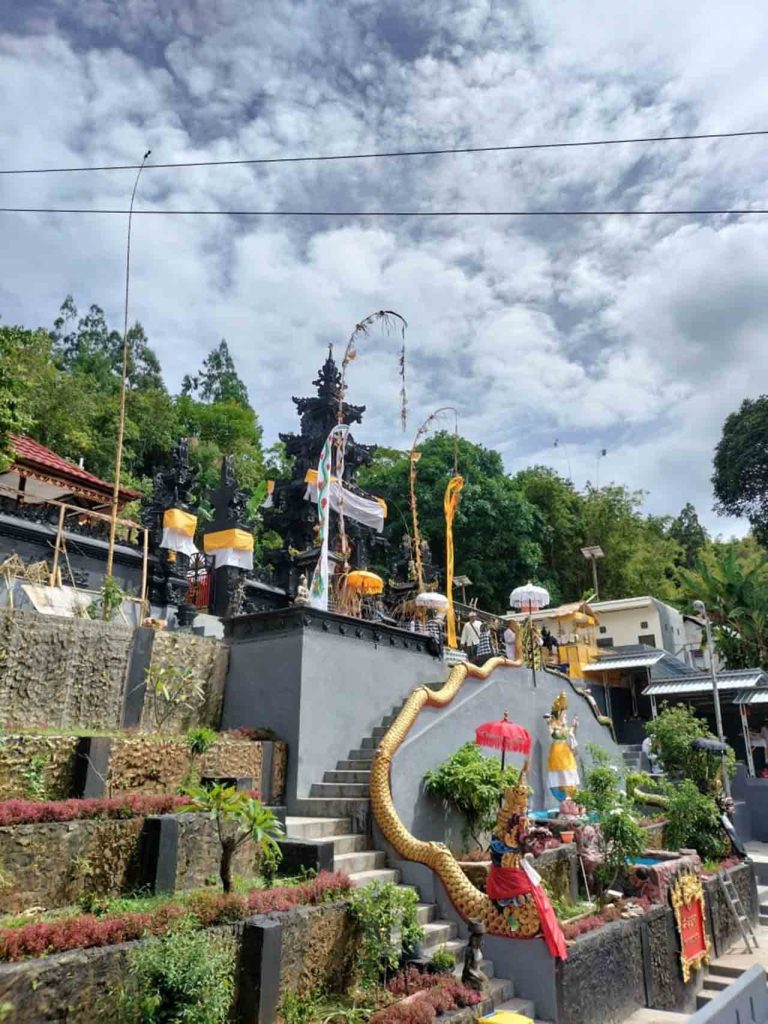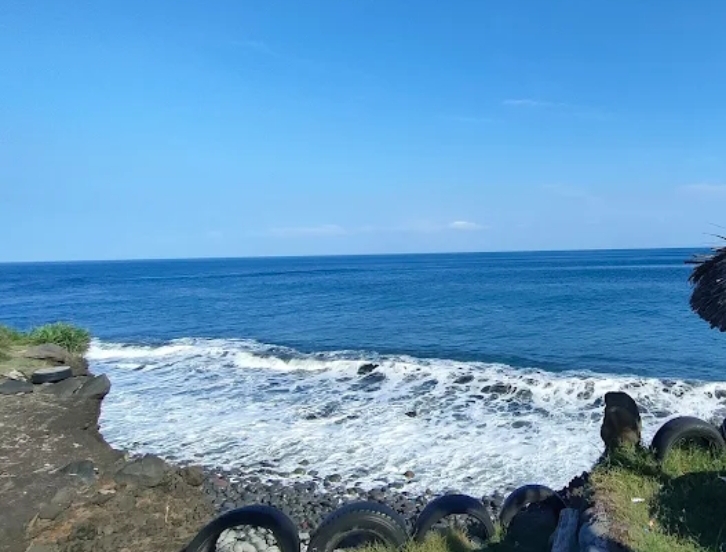Nestled in the lush greenery of Tampaksiring, Gianyar, lies one of Bali’s most fascinating historical landmarks—Gunung Kawi Temple.
This ancient site, carved directly into the cliffs along the Pakerisan River, stands as a testament to Bali’s rich spiritual and architectural heritage.
Unlike most temples built from red brick or volcanic stone, Gunung Kawi’s shrines are meticulously sculpted into the rocky cliffside, creating a breathtaking fusion of art and nature.
A Royal Sanctuary in Stone
Gunung Kawi is believed to have been established in the 11th century, during the reign of King Udayana and his successors.
King Udayana, a ruler from the Warmadewa Dynasty, married a Javanese princess, Gunapriya Dharma Patni, and had two sons—Airlangga and Anak Wungsu.
While Airlangga became the ruler of East Java, Anak Wungsu inherited the Balinese throne and is thought to have commissioned this sacred site.
The temple complex serves as a royal sanctuary where the spirits of these monarchs are honored.
Deciphering Ancient Inscriptions
One of the most intriguing aspects of Gunung Kawi is the inscriptions found on the temple walls.
Written in ancient Kediri script, one inscription reads “Haji Lumah ing Jalu,” which translates to “the king enshrined in Jalu.”
The term “Jalu” is often associated with a rooster’s spur or a dagger, possibly referencing the Pakerisan River, which flows through the site.
Another inscription, “Rwa Nak Ira,” meaning “his two sons,” suggests that the second shrine may be dedicated to the king’s offspring.
These engravings provide crucial insights into the site’s historical significance and its connection to Bali’s royal lineage.
A Center for Spiritual and Ritual Purification
Beyond its role as a royal memorial, Gunung Kawi has long been regarded as a center for meditation and spiritual training.
The site, known in ancient inscriptions as Amarawati Hermitage, was likely a retreat for ascetics seeking enlightenment.
To this day, the sacred waters from the Pakerisan and Bulan Rivers, which converge near the temple, are used for purification rituals in Balinese Hindu ceremonies.
Pilgrims continue to visit the temple to seek blessings and perform sacred rites, maintaining the site’s spiritual vitality.
The Legend of Kebo Iwa
Local folklore adds an element of myth to Gunung Kawi’s history.
According to legend, the temple was created by Kebo Iwa, a mighty warrior and architect possessing supernatural strength.
It is said that he carved the entire complex using only his bare hands, completing the massive undertaking in a single night.
While this tale is steeped in myth, it reflects the awe-inspiring craftsmanship of the temple, which continues to captivate visitors and scholars alike.
A Journey Through Time
Discovered by Dutch archaeologists in the early 20th century, Gunung Kawi remains one of Bali’s most well-preserved historical sites.
Located approximately 40 kilometers from Denpasar and 21 kilometers from Gianyar, the temple is accessible via a scenic descent down a series of stone steps.
As visitors make their way through lush rice terraces and towering cliffs, they are transported back in time, experiencing firsthand the grandeur of Bali’s past.
Gunung Kawi is more than just a historical monument; it is a living testament to Bali’s artistic mastery, spiritual devotion, and royal heritage.
Whether one seeks historical insight, spiritual enlightenment, or simply the serenity of an ancient sanctuary, this rock-hewn wonder offers a truly immersive experience into the island’s timeless soul. (BT)
Image source: invest.baliprov.go.id





